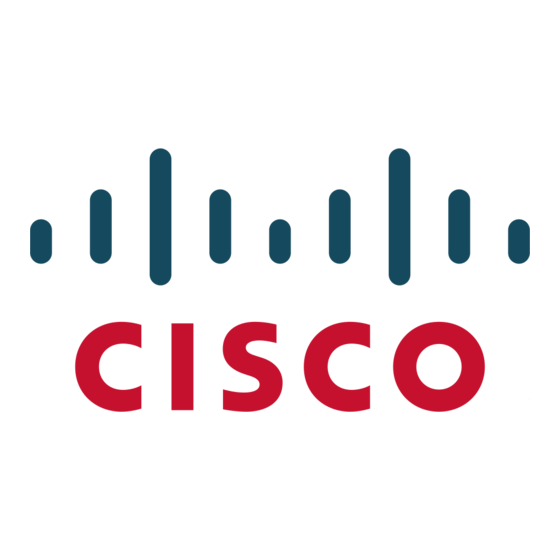Cisco 6500 - Catalyst Series 10 Gigabit EN Interface Module Expansion Manuel de configuration - Page 3
Parcourez en ligne ou téléchargez le pdf Manuel de configuration pour {nom_de_la_catégorie} Cisco 6500 - Catalyst Series 10 Gigabit EN Interface Module Expansion. Cisco 6500 - Catalyst Series 10 Gigabit EN Interface Module Expansion 8 pages. Distributed forwarding card 4 for ws-x68xx, ws-x69xx, and select ws-x67xx modules
Également pour Cisco 6500 - Catalyst Series 10 Gigabit EN Interface Module Expansion : Note d'installation (14 pages), Manuel de solution (17 pages), Note d'installation (46 pages), Livre blanc (19 pages), Description (1 pages), Bulletin d'information sur les produits (6 pages), Avis (4 pages), Fiche technique (9 pages), Fiche technique (18 pages), Livre blanc (18 pages), Note d'installation (28 pages), Manuel de dépannage (11 pages), Note d'installation (18 pages), Manuel de l'utilisateur (17 pages), Note d'installation (24 pages), Manuel (19 pages), Note d'installation (36 pages)

